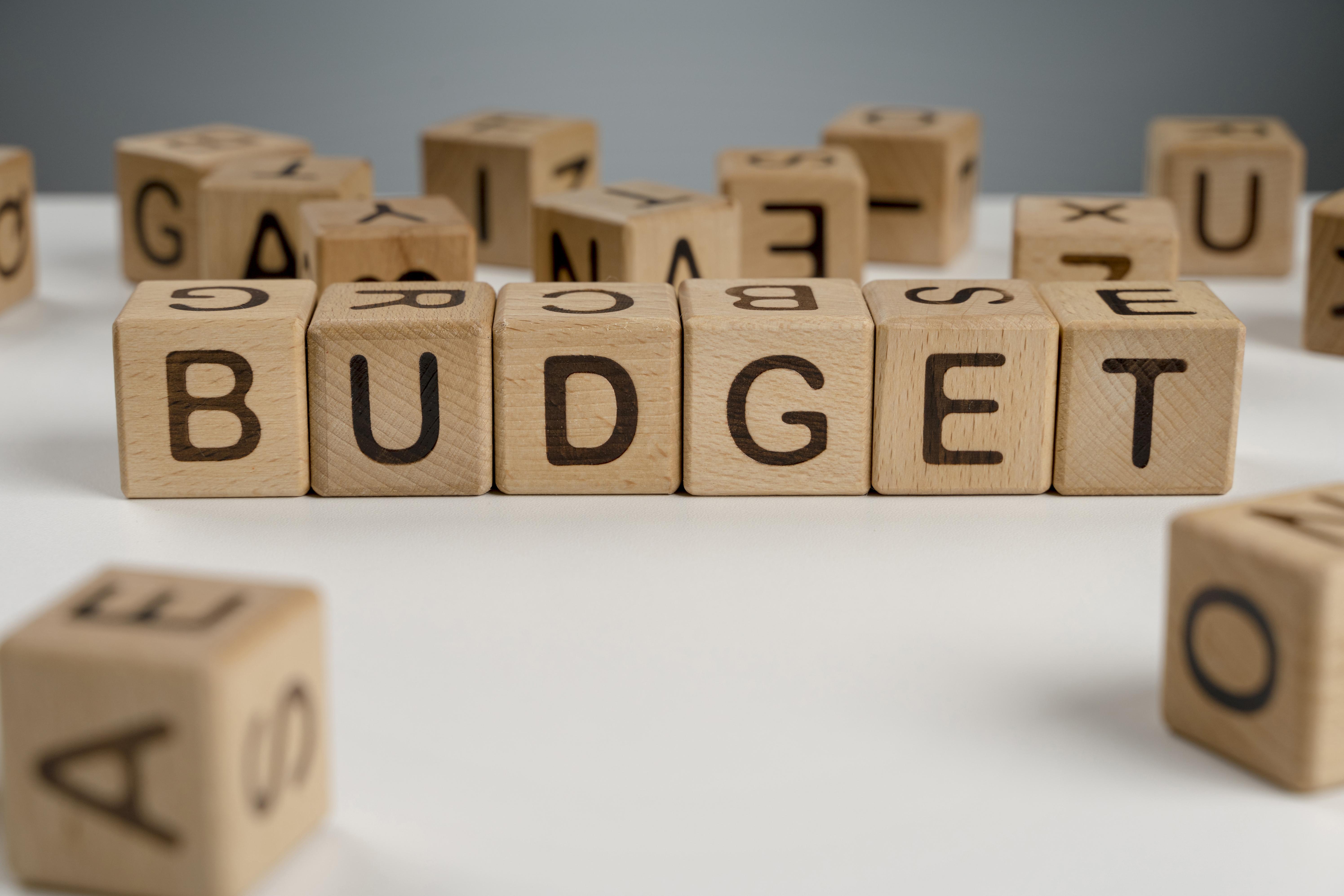The 50/30/20 Budget: The Good, The Bad, And The Ugly
The 50/30/20 budget method has been a favorite money-saving strategy amongst financial advisors for decades. But as the decades change the way people earn and spend their money, this money management rubric may no longer be a realistic breakdown of the average person’s budget.
Author:Liam EvansReviewer:Habiba AshtonNov 30, 20235K Shares92.9K Views

The 50/30/20 budget method has been a favorite money-saving strategy amongst financial advisors for decades. But as the decades change the way people earn and spend their money, this money management rubric may no longer be a realistic breakdown of the average person’s budget.
Does that mean the 50/30/20 budget should be thrown out? Not necessarily. As you’ll learn here today, this particular budgeting method still has a lot to teach us about responsible money management. It just needs a few updates to reflect today’s economic landscape.
What is the 50/30/20 Budget?
Before getting into its strengths and weaknesses, let’s first define this budgeting method.
First popularized by US Senator Elizabeth Warren way back in 2005, the 50/30/20 budget divides all spending into three major categories: needs, wants, and savings. Each category has a spending limit that reflects a percentage of your take-home pay, or your paycheck after deductibles.
Your needs get the lion’s share of your income with 50%. Your wants take a smaller 30% cut, while the remaining 20% of your take-home pay goes towards savings.
What Falls Under Each Category?
While this budget’s categories may seem obvious to some, there’s a lot of grey area that can be challenging. Below, let’s clarify what falls under each category:
Needs
Your needs represent the essentials that you must pay to run your household, go to work, and generally live safely. Housings costs are the star of your needs, comprising of mortgage payments or rent, utilities, taxes, maintenance, insurances, and any HOA fees. Needs also include groceries, transportation costs, and a basic phone package.
So far, so good. What may come as a surprise to learn is that your financial bills also fall under this category. If you have outstanding short term personal loans, lines of credit, credit cards, the minimum payments on these accounts belong in your needs.
Why? Because failure to pay these debts could interfere with running your household. Late payments add to what you owe with interest and late fees — and they can even damage your credit score. Maxing out your balance also wipes out your credit cards as safety nets. Eventually, creditors can even put liens on property if you are chronically delinquent.
Wants
The wants category represents the frills that make life more enjoyable or comfortable. They include entertainment, gifts, holidays, gadgets, clothes, and renovations.
In some ways, they overlap with your needs. Take, for example, gadgets. You might need a phone so that you can contact people in emergencies; however, you may want to have an unlimited data package with a flagship iPhone.
While your wants may not be as essential as your needs, they still play an important role in your budget. This budget method prioritizes the fun stuff while also ensuring you don’t overdo it. This balance is what makes a budget successful.
Savings
Finally, the savings category covers a spectrum of financial preparation and debt-payment. It includes contributions to short-term goals like your emergency fund, as well as long-term goals like buying a house, preparing for your child’s education, and retirement.
Financial advisors also recommend savings cover additional debt payments that go above and beyond your minimum payments mentioned in the needs category. Depending on your loan arrangement, your extra payments may reduce what you pay in interest. And at the very least, paying off loans early will free up your budget faster.
A lender like MoneyKeyencourages all of their borrowers to pay more than the minimum on installment loans or lines of credit, and they won’t charge penalties or fees for this choice.
Not all lenders share MoneyKey’s perspective; some consider early or additional payments as a breach of the payment schedule you agreed upon when you accepted their loan. If they charge this fine, you have to determine if the penalty is worth what you gain by paying off your loan early.
How Realistic is This Spending Breakdown?
Can you cover all your essential bills and purchases with half of your paycheck? If this sounds impossible, you wouldn’t be alone. According to USA Facts, 31% of all households spend more than 30% or more of their income on housing costs alone.
Housing costs take an even greater share of the average renter’s budget, with 50% of renters spending 30% or more of their income on housing. And if you’re making under $50,000 a year in the US, there’s a good chance housings costs take up anywhere between 53% and 75% of your income.
Ongoing inflation isn’t helping matters. US consumer pricesare still higher than normal, which causes nearly everything in your budget to cost more. From cheese to clothes, gas, gadgets, and more — you are spending more money, even if you are buying less.
With the average cost of living rising each year, fitting your spending into the 50/30/20 model may not be possible.
Should You Abandon the 50/30/20 Method?
The problem with the 50/30/20 method is that it’s out-dated. Popularized in 2005, this strategy was based on spending models from nearly 15 years ago. A lot has changed since then, so naturally some things won’t line up.
That said, the 50/30/20 budget still teaches you important things about your spending. One of those lessons is prioritizing your needs. The majority of your paycheck should go into the essentials, and you should cover them before moving on to the other categories of this method.
It also teaches you that a good budget is a balanced one — not just in terms of the black and white accounting of your income-to-spending ratio. Your budget shouldn’t be all business; you need to plan for fun things, too. If you’re struggling to fit any wants into your spending, you might have to consider what you need to do to reduce your needs or increase your income.
Lastly, it also underscores the importance of forward-thinking. You need to set aside some funds for an emergency fund and other big financial goals if you ever want to get ahead.
Tweaking the 50/30/20 Method for Today
As mentioned above, trying to follow the 50/30/20 method could be an eye-opening exercise. It can reveal that your spending is unbalanced and that you need to make big changes to the way you live to fit these spending caps.
However, it could also be frustrating if you already limit your spending. But don’t give up on this idea entirely. A new trend has emerged that recommends you update your percentage to reflect realistic expenses. The most popular changes include the following breakdowns: 60/20/20 and 70/10/20.
Other than the numbers, the same rules apply; budget for needs, wants, and savings to establish a smart money management style. These rules will never go out of style.

Liam Evans
Author

Habiba Ashton
Reviewer
Latest Articles
Popular Articles
